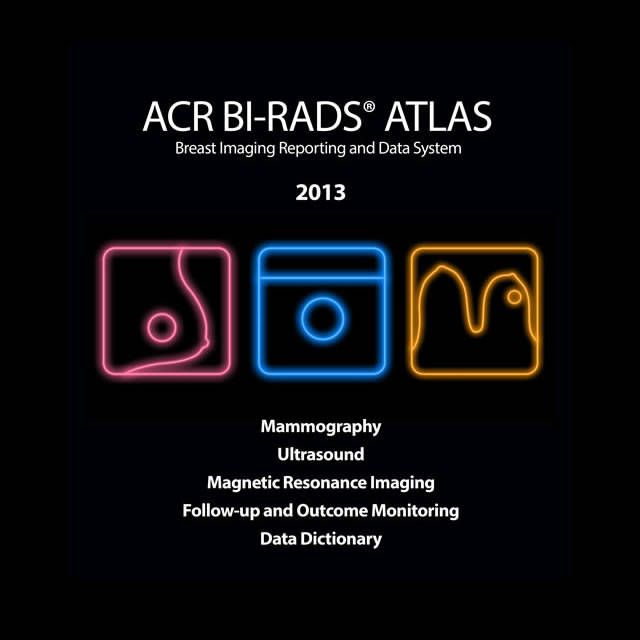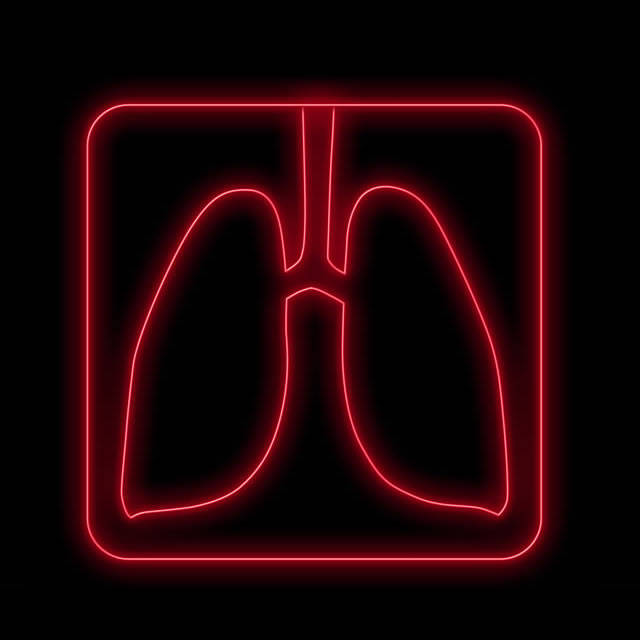ACR Reporting and Data Systems (RADS) provide standardized imaging findings terminology, report organization, assessment structure and classification for reporting and data collection in patient imaging.
RADS News and Announcements
- LI-RADS® CEUS Nonradiation TRA v2024 Core (released May 2024)
- LI-RADS® CEUS Nonradiation TRA v2024 Manual (released May 2024)
- LI-RADS® CT/MRI Nonradiation TRA v2024 Core (released April 2024)
- LI-RADS® CT/MRI Radiation TRA v2024 Core (released April 2024)
- LI-RADS® Ultrasound Surveillance v2024 Core (released February 2024)
What are ACR Reporting And Data Systems (RADS)?
ACR Reporting and Data Systems (RADS) provide a standardized framework for characterizing and reporting imaging findings. The goal of the ACR RADS is to reduce the variability of terminology in reports and to ease communication between radiologists and referring physicians. The ACR does not have rights to the term RADS, therefore other societies have used this term for publications. RADS programs developed by other societies in collaboration with the ACR are further described below. ACR’s commitment to quality and standards apply to only RADS listed below.
Most RADS include standard terminology to describe findings, categories for assessing probability of disease, guidance for report organization, and recommendations for data collection from reports. Some data collection systems include recommendations on follow up data collection for monitoring physician performance. Generally, the RADS are modality dependent, contain rules to assess the probability of disease, and may include management recommendations.
RADS are developed by committees of member radiologists, and relevant referring physician consultants. Committees work to build a structured terminology and algorithms to measure risk of malignancy or disease. The risk assessments are provided in terms such as “normal” or “negative”, “benign”, “probably benign” or “intermediate risk”, to “definitely malignant” or “high risk”. Tools are provided through a range of products from lexicon, risk stratification system, atlas, report templates, and white papers.
ACR approved a proposal to improve the consistency, transparency and administration oversight of the ACR RADS. This article can be found here.
ACR RADS in Development
|
Works-in Progress |
||
|
Soft Tissue-RADS |
Soft Tissue Lesions |
|
|
Brain Tumor-RADS |
Brain Tumor |
|
|
TBI-RADS |
Traumatic Brain Injury |
|
|
PE-RADS |
Pulmonary Embolism |
|
|
VI-RADS |
Vesical Imaging |
|
|
KI-RADS |
Kidney Masses | |
|
Works Under Consideration |
||
|
NS-RADS |
Peripheral Neuromuscular |
|
|
Plaque-RADS |
Extracranial Carotid Atherosclerotic Disease |
|
|
MSK MRI-RADS |
Incidental vs. actionable MSK MRI findings |
|
Collaborative RADS with ACR
This collection of expert consensus papers are collaborative efforts developed by multi-society multidisciplinary working groups with the goal of improving communication between radiologists and referring physicians.
Program |
Collaborating Societies |
Title |
Year |
| CAD-RAD | SCCT, ACC, ACR, NASCI |
CAD-RADSTM 2.0 2022 Coronary Artery Disease – Reporting and Data System An Expert Consensus Document of the Society of Cardiovascular Computed Tomography (SCCT), the American College of Cardiology (ACC), the American College of Radiology (ACR) and the North America Society of Cardiovascular Imaging (NASCI) | 2022 |
| I-TIRADS | International Thyroid Nodule Ultrasound Working Group Steering Committee (European Thyroid Association, the Italian Association of Clinical Endocrinologists, and the Korean Society of Thyroid Radiology), ACR |
International Thyroid Imaging Reporting and Data Systems (I-TIRADS) Lexicon – Categories and Descriptors Definitions (publication pending) |
2022 |








